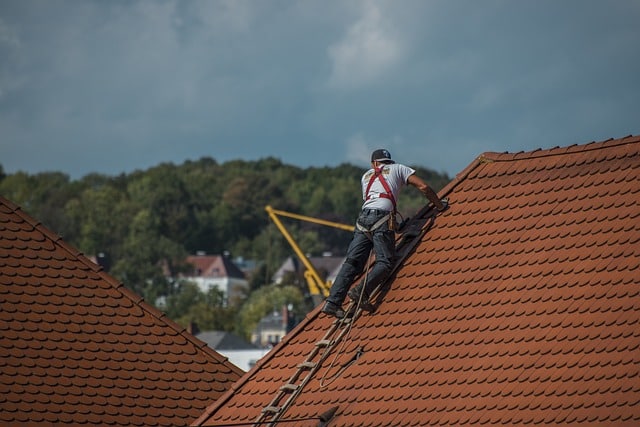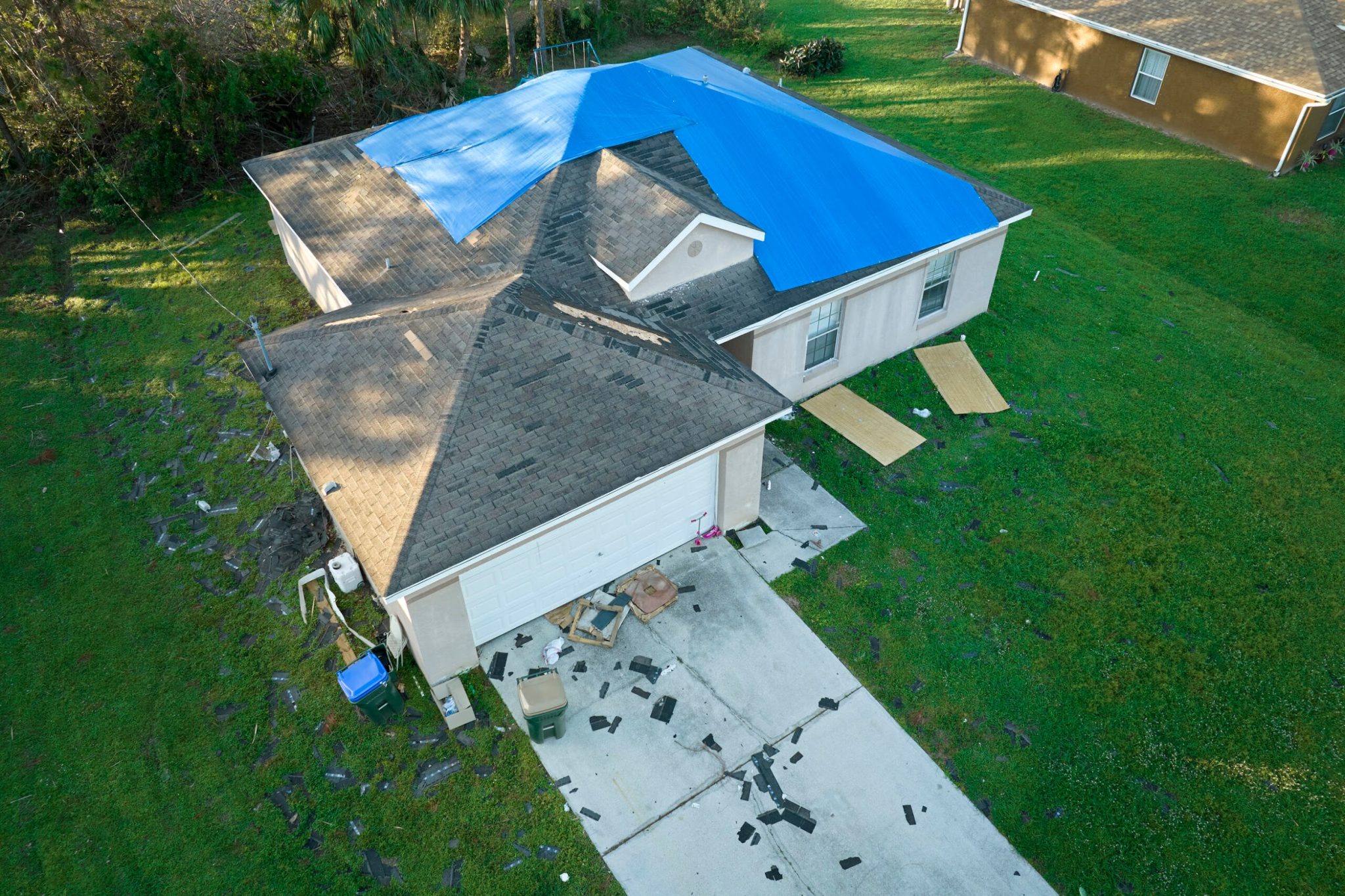4 Common DIY Roofing Mistakes
Many homeowners opt for DIY roofing to save money. However, this option is prone to costly mistakes. Mishaps during DIY roof repairs can result in more substantial damage, necessitating replacements and professional intervention. They compromise your roof’s longevity and expose your home to weather elements.
DIY roofing errors can significantly contribute to higher overall expenses. Understanding the blunders likely to occur when undertaking DIY roofing projects and how to avoid them can help you better protect your investment. Explained below are four common DIY roofing mistakes.
Attempting to Diy Your Roofing without Expertise and Proper Knowledge
Roof repairs and replacements are complex home improvement projects that require expertise and specialized skills. As a DIY enthusiast, you may not have the knowledge and skills to evaluate and accurately diagnose the cause of your roofing problems or even implement effective solutions. Without proper knowledge, you risk making blunders that can lead to more substantial issues down the line.
Hiring professional roofing contractors like ACME Roofing can help avoid these issues. They’re professionally trained and have several years of experience dealing with various roofing issues.
Using the Wrong Roofing Materials
Roofing materials influence your roofing system’s longevity and performance. Selecting the wrong roofing materials can be disastrous. It can result in:
- Constant roof sheathing issues
- Water leaks
- Premature roof deterioration
- Cracks and holes on the ceiling’s underside
- Algae or moss growth due to trapped moisture and more
Considering your roof design, the curb appeal a material provides, and how long you wish your roofing system to last can help you find the best roofing materials for your home. Factoring in your roof’s pitch, budget, the maintenance a specific roofing material requires, and your locality’s climatic weather conditions can help you find suitable roofing materials. Also, ensure the materials to settle for are top-quality. Alternatively, you can consult a roofing expert for advice on the materials to use for your DIY roofing project.
Failure to Acquire the Necessary Permits
Roofing projects, including new installations, repairs, and replacements, require permits. The permits help ensure your roofing project:
- Complies with the local building codes
- Adheres to zoning regulations
- Meets the necessary safety standards
Failure to acquire a permit for your DIY roofing project can lead to significant penalties and fines imposed by the local building authorities. In addition, unauthorized work can lower your property’s value and make it harder to sell when the time comes. Performing your DIY roofing work with the necessary permits can compromise your home’s safety. Consider visiting the local government offices or website to determine the permits you need for your do-it-yourself roofing work and apply.
Incorrect Shingle Nailing
Incorrect shingle nailing is among the mistakes DIY roofers make and is a leading reason for roof failure. This may include:
- Using few nails: This can cause shingles to separate from the roof or make it susceptible to strong winds. It also impacts your roof’s lifespan
- Driving nails too far: It causes the nails to break through the shingle mat, compromising the shingles’ integrity to safeguard against rain. The shingles also become less secure and vulnerable to wind damage
To avoid the issues associated with improperly nailed shingles, consider:
- Ensuring adequate nail length
- Using enough nails
- Not overdriving nails
- Positioning nails correctly
Endnote
DIY roofing mishaps can cause significant damage to your roof, leading to costly repairs or replacements. Avoiding the common DIY roofing mistakes, including handling roofing work without expertise, using the wrong roofing materials, not acquiring permits, and nailing shingles incorrectly, can help ensure a sound roofing system.







